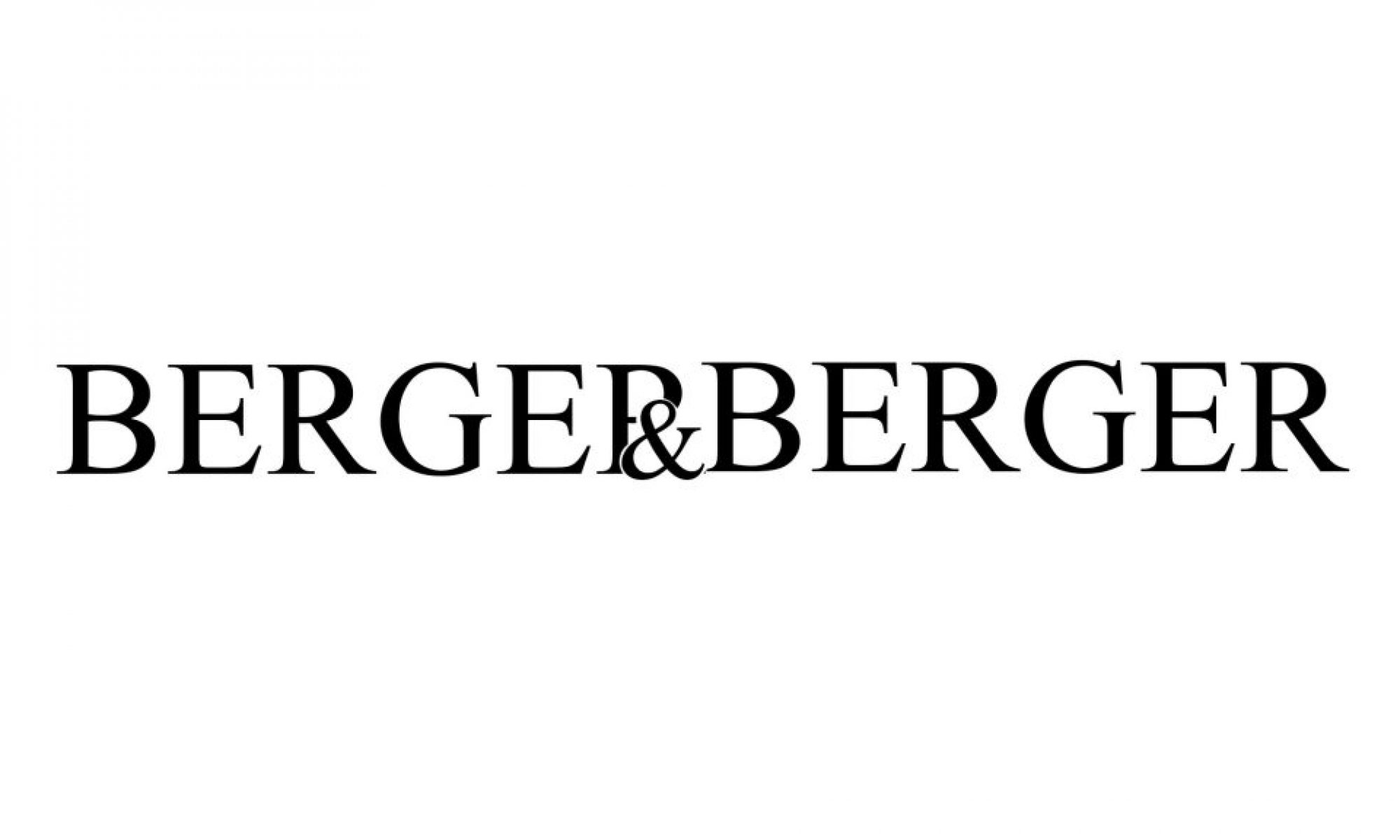Premiering at Late at Tate Britain online 15 December 2020 – 4 January 2021.
Jo and Dolly attempt to respond to themes from the Turner’s Modern World exhibition, and particularly the theme of landscape.

For your best art experience
Premiering at Late at Tate Britain online 15 December 2020 – 4 January 2021.
Jo and Dolly attempt to respond to themes from the Turner’s Modern World exhibition, and particularly the theme of landscape.
Berger& Berger set about ‘making art’, taking a playful look at the validation which comes from physical making and the expectation of success surrounding the final show.
Jo and Dolly attempt to interview a commercially successful painting.
Jo and Dolly sing a tribute to John Baldessari. The nine videos also exist individually and can be seen on Instagram @bergerandberger.
Almost 50 years since the airing on BBC2 of John Berger’s seminal TV programme Ways of Seeing, Jo and Dolly revisit it with a contemporary slant. They guide us through two prominent art galleries in London, showing new and unexpected ways to approach gallery going.
Jo and Dolly visit a fair to reveal the secrets of art shopping.
Art Shopping Made Easy (2019)

Perpo Gallery performance (2019)

We Will Not Make Any More Boring Art (2019)
Further Information:
Ways of Not Seeing (2019)
Some of it was suggested by others, some we just liked, some we came across randomly. In no specific order.
Ben Lewis art critic; The Square, film. relevance – ★✰✰✰✰
We don’t want to critique the art world.
Informercials by Adult swim: relevance – ★★★★✰
Some informal commercials (like it names), quite relate to our informal documentaries, could be a reference of making following business modeled practices. The Adult Swim channel describes itself as “an unexpected blend of authenticity, originality, and cleverness” – we fit this description too. Many of its programs are aesthetically experimental, transgressive, improvised, and surrealist in nature (from wikipedia).
Making intervention workshop with Stephanie Spindler: relevance – ★★★✰✰
Not like what we thought at first, but her live stream performance piece is quite informative, and how she develop her practices in the academic system. Filming herself and viewing audience reaction. We study our audiences systematically but could also document this study.
John Baldessari: relevance – ★★★★★
Our godfather, key reference, he has done all the things we want to do. and we will follow his famous words, to not make any more boring art.

The Artist‘s Joke: relevance – ★★★★★
Very useful text for contextualising our practice.
Fischli&Weiss: relevance – ★★★★✰
Their film The Point of Least Resistance can be a good reference for our Ways of Not Seeing series.
Andrea Fraser: relevance – ★★★★✰
We like her gallery tour performances, but we might have some different understanding about the institutions, Dolly is still read about her.
Hito Steyerl: relevance – ★★★✰✰
No direct reference but we like humorous artists, and her writing is also informative.
Bruce Nauman: relevance – ★★★✰✰
He is funny, we like funny artists, also a reference of artist as subject.
Thanks to art shopping heavyweights like Frieze, dots firmly back on the contemporary art market front line this year.


From points to printed fabrics, dots is a classic pattern widely used in many occasions, as a mark or decoration. Also it is an important element of drawing and painting or any other forms of art. The leading figure of pushing dots to art trends must be the Japanese female artist Yayoi Kusama, dots spread over her paintings, sculptures, installations, and even her outfits. It has become a signature pattern of Yayoi Kusama.


If you think Yayoi Kusama’s dots is too dense, well John Baldessari’s colorful dots would be easier to get started. He use colorful round spots to cover the faces on black and white photographs, at first these dots is used to block part of the image to draw something else, but then dots became the center of attention. These prints can match with any walls and any space, simple, classic, and chic.

For comic lovers, Roy Lichtenstein ‘s painting would be a good choice.

And we never miss superstar artists.

The trend of dots could actually track back to 1880s. Artists use small, distinct color of dots to paint, which is so-called ‘pointillism’. It was inspired by contemporary scientific theories of vision and light. The most famous work is A Sunday Afternoon on the Island of La Grande Jatte, a painting by Georges Seurat, describes a middle-class leisure scene and it is made up by thousands colored dots.

Art galleries make the red dots as a sign of order, but there are lots of potentials to play with it.


For those people on budget but still want to get in style, at least you can have these colorful round stickers at stationary shop, and styling your photos, paintings, furniture… everything you want. It’s not difficult to being arty.
